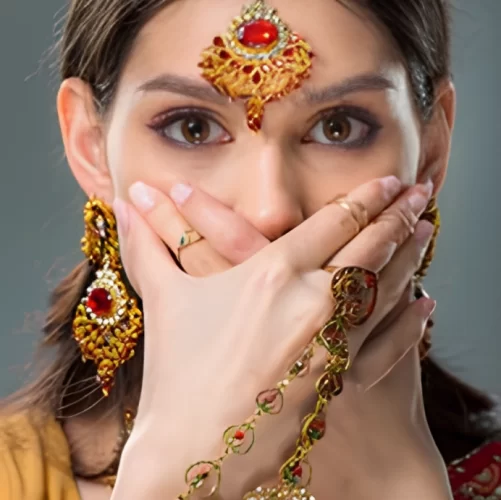The Language of Fine Jewellery
Jewellery has a language of its own, full of terms and measurements that can be overwhelming to those who are unfamiliar with them. From karats to carats, there are several terms used in the world of fine jewellery that can be confusing. In this article, we’ll explore some of the common language used to describe the value and quality of fine jewellery, specifically gold and diamonds.

Karat vs Carat: What's the Difference?
Karat and Carat are commonly used in the United States and other Western countries to refer to the purity of gold and the weight of diamonds, respectively.
But in other countries, such as India and Thailand, they use the term carat to refer to the purity of gold. In these countries, 24-carat gold is considered 100% pure, just like 24-karat gold. However, it’s worth noting that while the terms karat and carat can have different meanings in different countries, the concepts they refer to – purity of gold and weight of diamonds – are generally universal.
When it’s Gold
Karat/Carat(India & Thailand) is expressed as a percentage, with 24 karat gold being 100% pure. The most common purities for gold used in jewellery are 18K (75% pure) and 14K (58.3% pure). The higher the karat, the more expensive the gold is, as pure gold is more valuable due to its rarity.
When it’s Diamond
Carat refers to the weight of diamonds and other precious stones. One carat is equal to 0.2 grams, or 200 milligrams. The larger the carat weight of a diamond, the more valuable it is. However, carat weight is just one of the “Four Cs” that are used to determine the value of a diamond, along with clarity, colour, and cut.
Other Common Jewellery Terms
In addition to karats and carats, there are several other terms commonly used in the world of fine jewellery. Here are a few of them:
Cut: Refers to the way a diamond or other precious stone has been cut and shaped. The cut can greatly affect the way the stone reflects light, which in turn affects its brilliance and overall value.
Clarity: Refers to the absence or presence of inclusions or blemishes in a diamond or other precious stone. The fewer the inclusions, the higher the clarity, and the more valuable the stone.
Colour: Refers to the degree of colourlessness in a diamond or other precious stone. The less colour a stone has, the more valuable it is. Diamonds are graded on a scale from D (colourless) to Z (light yellow or brown).
Setting: Refers to the way a diamond or other precious stone is held in place in a piece of jewellery. There are several different types of settings, including prong, bezel, and channel settings.
Wrapping Up
The language of fine jewellery can be intimidating, but it’s important to understand the terms used to describe the value and quality of gold and diamonds. Knowing what karat and carat mean is just the tip of the iceberg – there are several other factors that contribute to the value of fine jewellery. Whether you’re shopping for a special piece of jewellery or just want to learn more about the world of fine jewellery, understanding the language is key to making informed decisions.
Related Questions
What is the difference between rose gold and yellow gold?
Rose gold and yellow gold are both alloys of gold and other metals, but rose gold contains a higher percentage of copper, which gives it its characteristic pinkish hue. Yellow gold, on the other hand, is a mixture of gold and other metals that do not contain as much copper, resulting in a yellowish colour.
